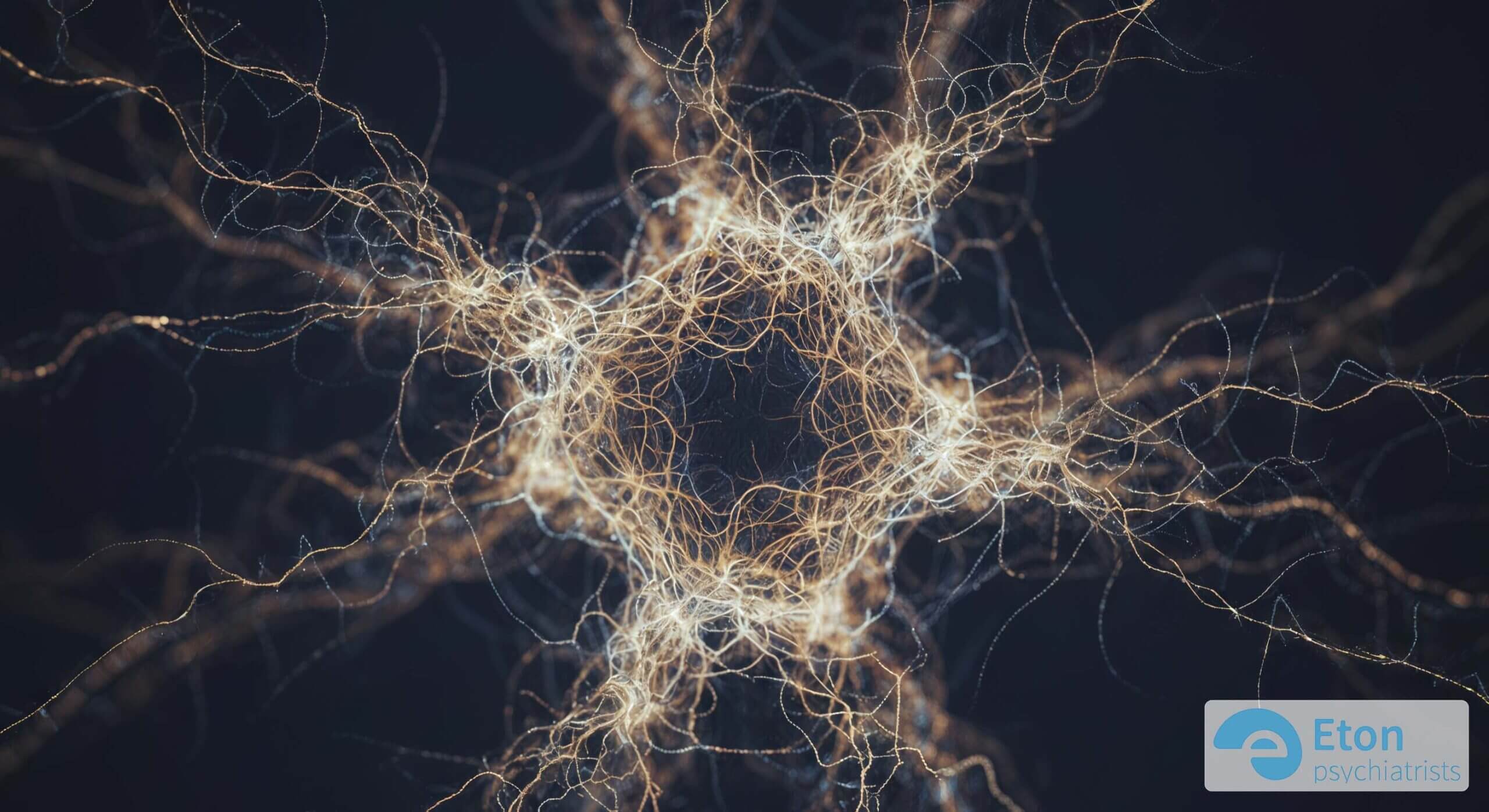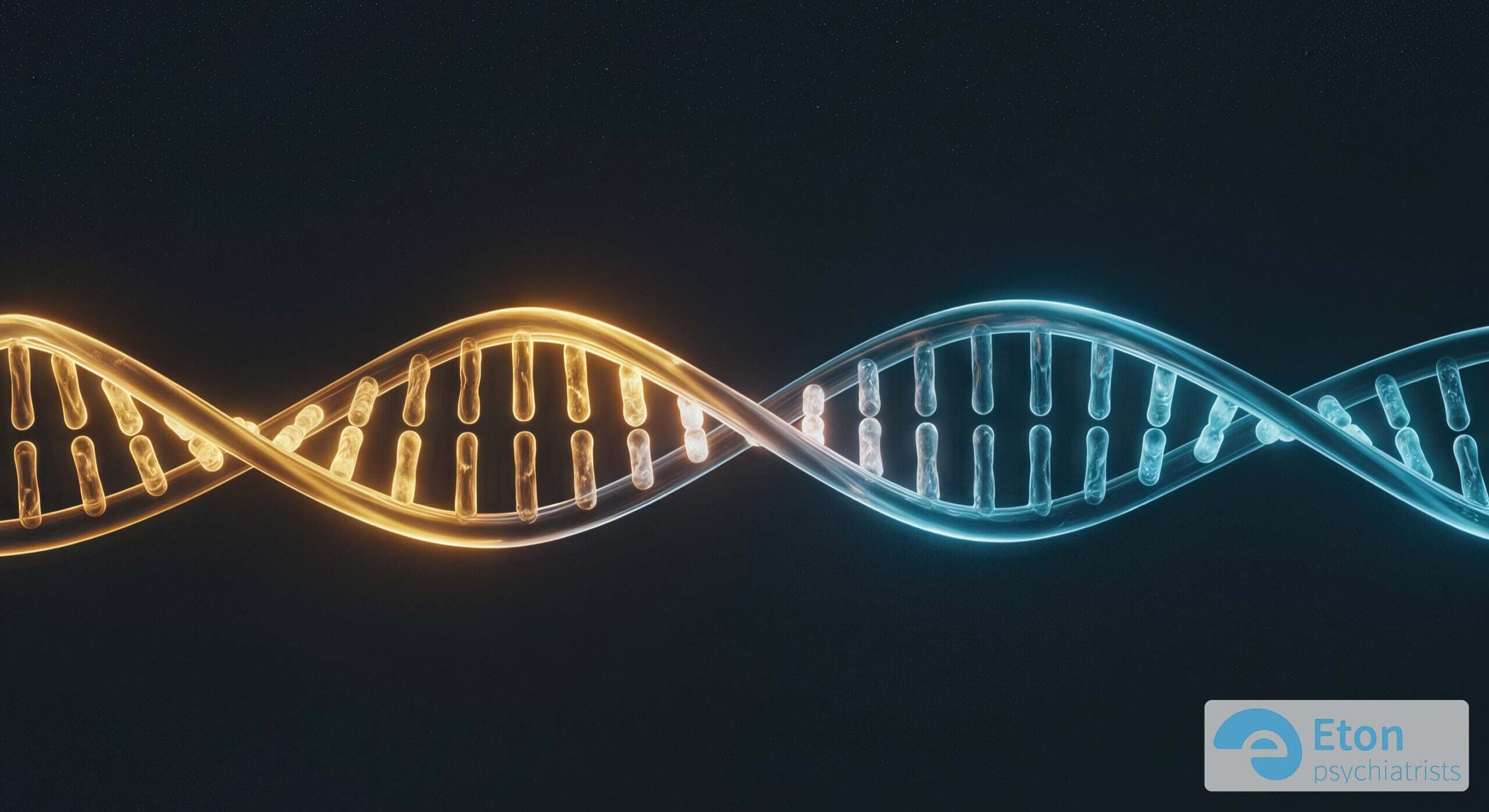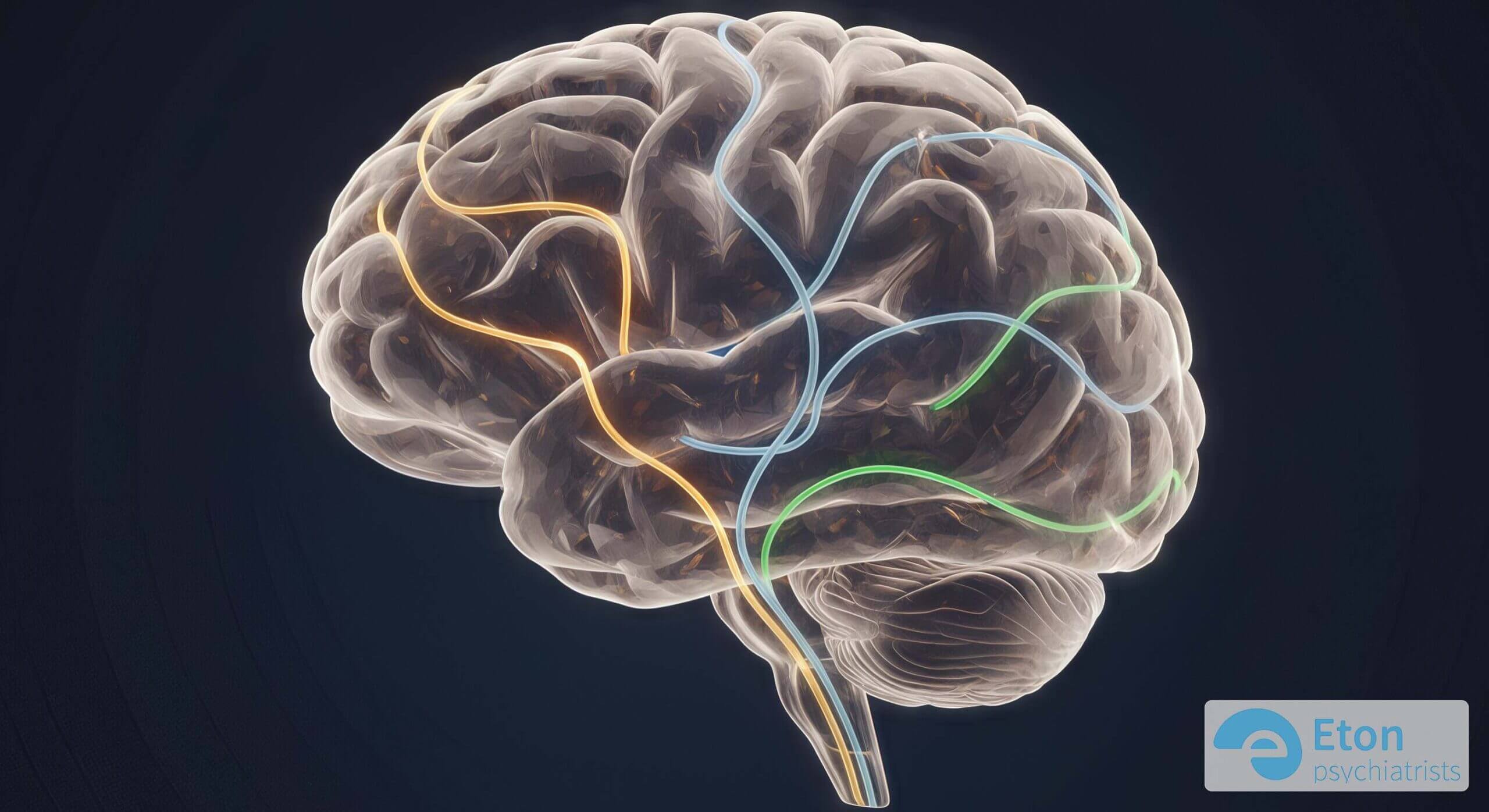
What Dopamine Reveals About Autism
Listen to the Article
For those on the go or who prefer listening, you can play the full audio version of this deep dive below.

For decades, dopamine has been popularly known as the brain’s “pleasure chemical.” Yet, this description barely scratches the surface of its profound influence, especially within the context of neurodiversity. The connection between dopamine and autism isn’t a simple story of high or low levels; it’s a complex tale of dysregulation. This intricate imbalance in the dopamine system begins before birth, shapes the very architecture of the developing brain, and directly influences the unique ways autistic individuals think, feel, and interact with the world. Understanding this connection is key to moving beyond stereotypes and towards a more empathetic, science-informed appreciation of the autistic experience.
Table of Contents
More Than a “Reward Chemical”
To grasp dopamine’s role in autism, we must first redefine it. Far from being a simple reward molecule, dopamine is a powerful neuromodulator. It acts like a master controller for many of the brain’s most critical functions, including motivation, focus, motor control, and executive functions like planning and cognitive flexibility.
In the context of autism, the scientific focus is shifting from a simplistic “deficiency” model to one of “dysregulation.” This means the core issue may not be the amount of dopamine, but rather how effectively the brain’s circuits can produce, transport, and respond to it. This subtle but critical difference helps explain the vast diversity of traits and experiences seen across the autism spectrum.
How Might It Explain Autistic Traits?
The “Dopamine Hypothesis of Autism” proposes that variations in key dopamine pathways contribute directly to core autistic traits. The brain has several distinct dopamine circuits, and three are particularly relevant to understanding this connection.

The Mesolimbic Pathway and Social Motivation
This pathway is central to the brain’s reward system, processing feelings of pleasure and motivation. In neurotypical brains, social interactions often trigger a rewarding dopamine release. One theory suggests that in autistic individuals, this pathway may respond differently, potentially leading to reduced motivation for social engagement. This is not due to a lack of interest, but because the neurochemical “reward” is less pronounced.
The Nigrostriatal Pathway and Repetitive Behaviours
Crucial for motor control and habit formation, the nigrostriatal pathway helps regulate movement. Dysregulation here is thought to be linked to the stereotyped or repetitive behaviours (stimming) sometimes seen in autism. These behaviours might be a way for the brain to self-regulate and stabilise a dopamine system that is otherwise unpredictable.
The Mesocortical Pathway and Cognitive Function
Connecting to the prefrontal cortex, the brain’s command centre, this pathway governs executive functions. Challenges with dopamine signalling in this area are closely linked to difficulties with cognitive flexibility, planning, and task-switching. These are all common aspects of the autistic experience.
Dopamine’s Role in Brain Development
Emerging research reveals that dopamine’s influence begins long before a child is born. During prenatal development, dopamine is a key player in shaping how neural circuits are formed and connected, particularly in brain regions responsible for social processing and sensory input.

This understanding is profoundly important. It reframes autism as a neurodevelopmental difference with a clear biological basis. For parents and families, this knowledge can be a powerful antidote to the outdated and harmful societal narratives of blame or guilt. Recognising that the foundations of autism are laid down in the earliest stages of brain development allows us to focus on understanding and support, not on searching for a cause in upbringing.
From Brain Wiring to Daily Life
The link between dopamine and executive function is where the neurobiology of autism meets the challenges and strengths of daily life. Executive functions are the high-level cognitive skills we use to manage and control our thoughts and actions.
When dopamine signalling is inconsistent, especially in the prefrontal cortex, it can make cognitive flexibility particularly challenging. This might manifest as difficulty shifting from one task to another or adapting to unexpected changes in a routine. Similarly, the processes of planning a sequence of actions or organising thoughts can require significantly more conscious effort, a direct consequence of dysregulation in the brain’s primary cognitive modulation system.
The ADHD Overlap
The fact that autism and ADHD co-occur so frequently is no coincidence. Both conditions are rooted in the neurodevelopment of the brain, and they share a significant neurobiological signature: the dysregulation of dopamine-sensitive circuits.
This shared foundation helps explain why traits like challenges with executive function, emotional regulation, and focus are common to both autism and ADHD. Understanding this comorbidity is vital for accurate diagnosis and, more importantly, for creating integrated support strategies that recognise and address the needs of the whole person, rather than treating each condition in isolation.
The Latest Science
The scientific landscape is constantly evolving, and the story of dopamine and autism is becoming richer and more nuanced. While dopamine remains a central character, we now know it doesn’t act alone.

A groundbreaking 2024 study from the Karolinska Institutet has illuminated the critical interplay between dopamine and another neurotransmitter, acetylcholine. Researchers discovered that these two systems work in a delicate balance within the basal ganglia to control behavioural flexibility. The study suggests that in some forms of autism, this balance is disrupted, providing a more precise explanation for why adapting to new situations can be difficult. This finding marks a major step forward, moving us from a single-neurotransmitter model to a more complex and accurate multi-system view of the autistic brain.
Unanswered Questions & The Path Forward
Despite incredible progress, many questions remain. One of the most significant paradoxes in the research is whether the core issue is too much or too little dopamine activity. Different studies have found conflicting evidence, suggesting that the reality is far more complex than a simple “more or less” answer.
This has led to the “Inverted U” hypothesis, which suggests that dopamine’s effectiveness operates within an optimal range. Too little or too much can lead to impaired function. This helps explain why there is such variation across the spectrum and why a one-size-fits-all approach to support is ineffective. The future of research lies in understanding these individual differences to pave the way for truly personalised and effective care, both therapeutic and pharmacological.
Why Trust Eton Psychiatrists?
Eton Psychiatrists is a specialised clinic dedicated to providing expert, compassionate care for ADHD and Autism. Our approach is grounded in the latest scientific understanding of neurodiversity, moving beyond simple labels to appreciate the complex neurobiology of each individual. We believe that true support comes from a deep, evidence-based understanding, allowing us to partner with our clients to develop strategies that foster well-being and unlock their potential.
Summary
- It’s About Regulation, Not Levels: The connection between dopamine and autism is not about having “too much” or “too little,” but about a complex dysregulation in how the brain uses this crucial neurotransmitter.
- Dopamine Pathways Affect Specific Traits: Different dopamine circuits in the brain are linked to core autistic traits, influencing everything from social motivation and repetitive behaviours to executive functions like cognitive flexibility.
- The Foundation is Prenatal: Dopamine plays a vital role in shaping the brain’s architecture before birth, establishing autism as a neurodevelopmental difference with a clear biological basis.
- The Science is Evolving: The latest research shows dopamine doesn’t act alone. A newly understood interplay with another neurotransmitter, acetylcholine, provides a more nuanced explanation for traits like behavioural inflexibility.
- Understanding Leads to Support: Acknowledging the neurobiology of autism helps move past blame and stereotypes, paving the way for empathetic, evidence-based support and personalised care strategies.
Sources
Frequently Asked Questions
Do people with autism have high or low dopamine?
There is no simple answer. Research is conflicting, with some studies suggesting reduced dopamine activity and others pointing to overactivity in certain brain regions. The modern view is that the issue is one of dysregulation—an inconsistent or inefficient use of dopamine rather than a simple excess or deficiency.
What is the dopamine theory of autism?
The dopamine theory of autism, or the “dopamine hypothesis,” suggests that dysregulation in the brain’s dopamine pathways contributes to core traits of autism, such as differences in social motivation, repetitive behaviours, and challenges with executive function.
Can dopamine help with social skills?
Because the mesolimbic “reward” pathway is linked to social motivation, it’s theorised that modulating dopamine activity could influence social drive. However, social skills are incredibly complex, and dopamine is just one piece of a much larger puzzle.
Is there a link between ADHD dopamine and autism?
Yes, a strong link exists. Both autism and ADHD involve dysregulation in similar dopamine sensitive brain circuits, which is why they often co-occur and share overlapping traits related to executive function and attention.



